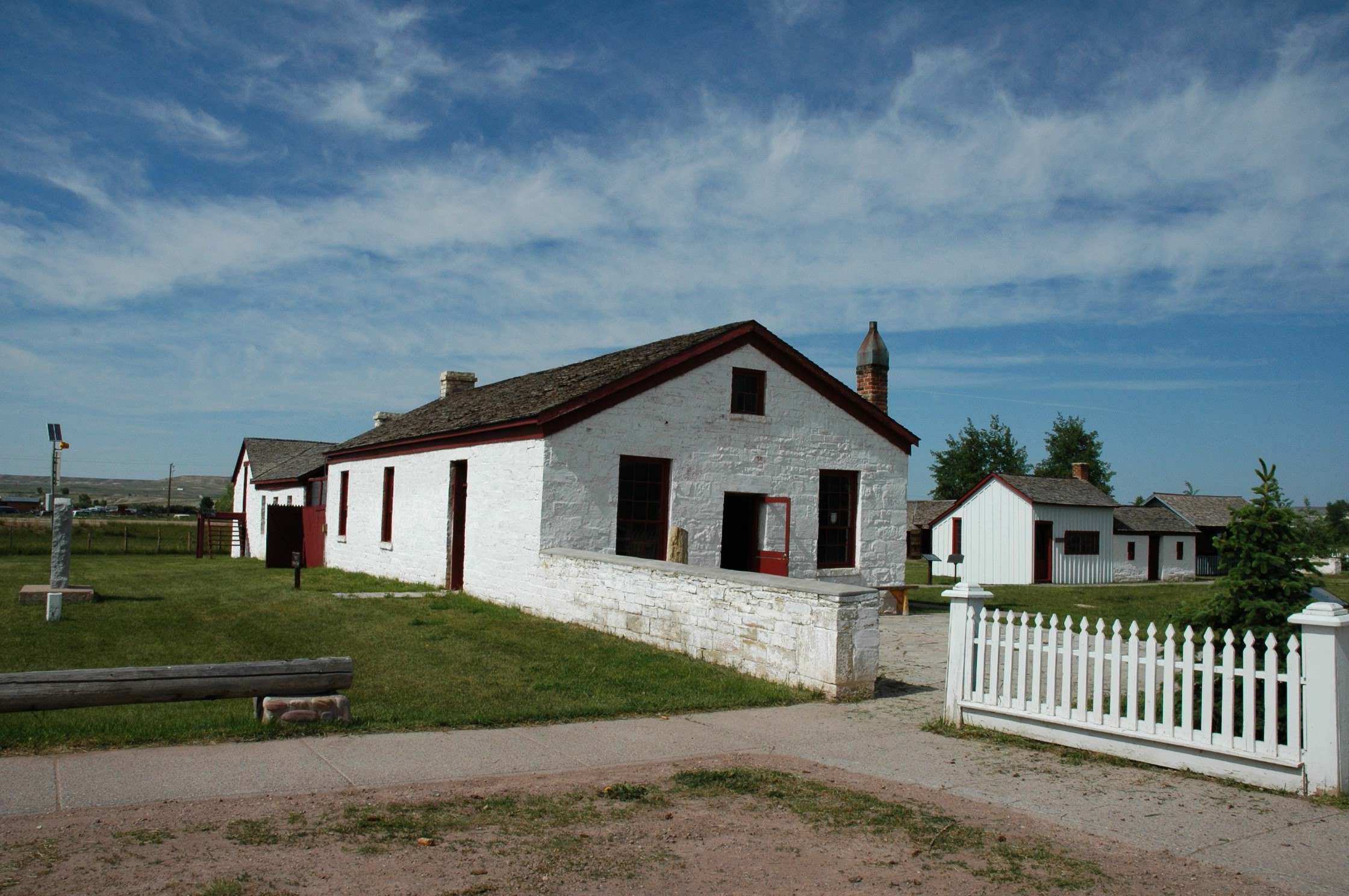Hidden Trading Posts Of Wyoming’s Fort Bridger

Wyoming's Fort Bridger holds secrets from the past that many travelers overlook. This historic site, once a bustling hub for pioneers, fur traders, and Native Americans, offers a glimpse into the rugged life of the 19th century. Imagine walking through trading posts where goods like beaver pelts and buffalo hides were exchanged. Today, visitors can wander through reconstructed buildings, each telling stories of a time when the West was wild and untamed. The fort's rich history is not just about trade; it’s also about the diverse cultures that crossed paths here. Whether you're a history buff or just curious, Fort Bridger promises a journey back in time. Discover the hidden trading posts and feel the echoes of the past in every corner.
Discovering the Hidden Trading Posts of Wyoming's Fort Bridger
Fort Bridger, a historic site in Wyoming, holds secrets of the past waiting to be uncovered. Once a bustling hub for traders, trappers, and travelers, this fort offers a glimpse into the rich history of the American West. Let's explore some of the hidden trading posts that played a crucial role in shaping this iconic landmark.
The Original Fort Bridger Trading Post
The first stop on our journey is the original trading post established by Jim Bridger and Louis Vasquez in 1843. This post served as a vital supply point for pioneers heading west.
- Original Fort Bridger Trading Post: Built with logs and mud, this post provided essential goods like food, clothing, and tools. It was a lifeline for weary travelers on the Oregon Trail.
The Mormon Influence
The Mormons played a significant role in the history of Fort Bridger. They established their own trading posts, leaving a lasting impact on the area.
- Mormon Fort: In 1853, the Mormons took control of Fort Bridger and constructed their own fortifications. This post became a center for trade and commerce, offering supplies to settlers and travelers alike.
The Military Presence
Fort Bridger's strategic location made it an ideal spot for military operations. The U.S. Army established a presence here, further shaping its history.
- Military Trading Post: In 1858, the U.S. Army took over Fort Bridger, transforming it into a military outpost. Soldiers stationed here traded with local Native American tribes and settlers, fostering relationships and ensuring peace.
The Role of Native American Trade
Native American tribes were integral to the trading network at Fort Bridger. Their interactions with traders and settlers enriched the cultural tapestry of the region.
- Shoshone Trading Post: The Shoshone people were frequent visitors to Fort Bridger, trading goods like furs, horses, and crafts. Their presence added a unique dimension to the trading activities at the fort.
The Decline and Legacy
As the West evolved, Fort Bridger's role as a trading post diminished. However, its legacy lives on, offering a window into the past.
- Abandoned Trading Post: By the late 19th century, the need for trading posts dwindled, leading to the abandonment of many structures. Today, these remnants serve as a reminder of the fort's vibrant history.
Discovering Fort Bridger's Hidden Gems
Fort Bridger offers more than just history. Its hidden trading posts provide a unique glimpse into the past, showcasing the rich cultural exchanges that took place. These spots, often overlooked, tell stories of pioneers, Native Americans, and traders who once gathered here. Exploring these trading posts, visitors can imagine the bustling activity that once filled the air. Each corner of Fort Bridger holds a piece of history waiting to be uncovered. From the artifacts to the architecture, every detail paints a vivid picture of life in the 1800s. Visiting Fort Bridger isn't just about seeing a historic site; it's about stepping back in time and experiencing the vibrant interactions that shaped the region. For those seeking a deeper understanding of Wyoming's past, these hidden gems offer an unforgettable journey into the heart of American history.

